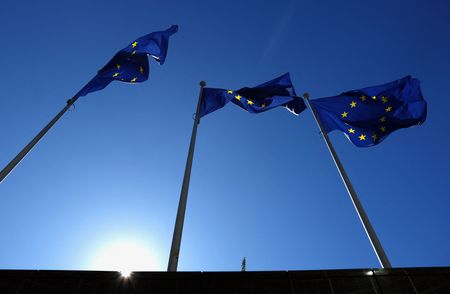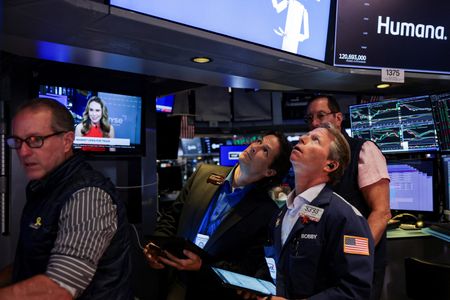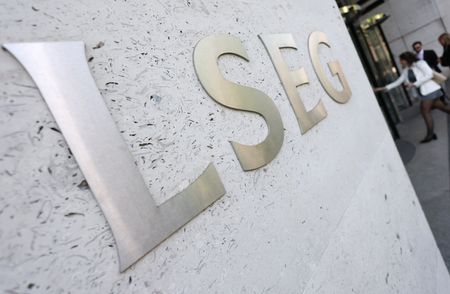By Anastasiia Kozlova and Matthias Inverardi
(Reuters) -German logistics giant DHL on Tuesday reported a better-than-expected rise in second-quarter operating profit and reaffirmed its 2025 profit guidance despite persisting macroeconomic headwinds.
The second quarter was highly volatile with limited growth momentum and similar conditions are likely to persist in the second half of the year, DHL’s Chief Financial Officer Melanie Kreis told reporters.
Despite analyst concerns, DHL confirmed its 2025 earnings before interest and taxation (EBIT) target of at least 6 billion euros and forecast annual free cash flow of around 3 billion euros, excluding M&A, while noting the outlook excludes potential tariff or trade policy impacts.
Global logistics companies have been facing mounting challenges this year, as rising trade barriers, geopolitical tensions, and increasing supply chain complexity slow global trade volumes. U.S. President Donald Trump’s trade tariffs have played a major role in heightening uncertainty, putting pressure on demand and earnings across the sector.
The company’s quarterly operating profit was 1.43 billion euros ($1.65 billion), above analysts’ forecast of 1.33 billion euros in a company provided consensus, as strict cost controls offset currency headwinds and weak trade volumes.
In March, the German logistics giant announced plans to cut 8,000 jobs in its home market by 2025, its largest workforce reduction in two decades, citing falling letter volumes and regulatory burdens.
United Parcel Service echoed the trend in July, posting weaker quarterly profit and refraining again from making full-year revenue and margin forecasts.
Commenting on last month’s EU-U.S. trade deal, DHL welcomed the emerging clarity around the deal, noting it could ease customer uncertainty. While the framework may negatively affect trade flows from Europe to the U.S., it could potentially support shipments in the opposite direction, Kreis said.
Quarterly revenue fell 3.9% year-on-year to 19.83 billion euros, missing analysts’ forecast of 21.01 billion euros.
($1 = 0.8654 euros)
(Reporting by Matthias Inverardi and Anastasiia Kozlova; editing by Miranda Murray and Matt Scuffham)











